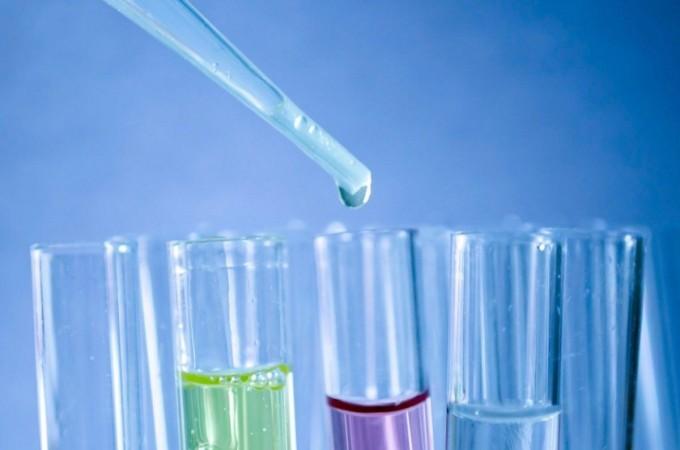The University of Cambridge researchers constructed a polymer film by imitating the qualities of spider silk, one of nature's strongest materials as robust as several popular polymers already in use and it might be used to replace plastic in many common household products.
The material has been generated using a novel method of combining plant proteins into molecularly similar materials to silk. The energy-efficient process, which employs sustainable components, yields a plastic-like free-standing film that can be manufactured on a higher industrial scale. Non-fading 'structural' colour can be added to the polymer, which can then be used to create water-resistant coverings.
Other types of bioplastics require industrial composting facilities to breakdown, but this material can be composted at home. Furthermore, the Cambridge-developed substance does not require any chemical alterations to its natural building components, allowing it to breakdown safely in most natural conditions.

Later this year, the company Xampala will release a line of single-use sachets and capsules that may be used to replace plastic in daily products such as dishwashing tablets and laundry detergent capsules besides its use in vaccine manufacturing facilities.
Professor Tuomas Knowles of Cambridge's Yusuf Hamied Department of Chemistry has been studying protein behavior for several years. Much of his work has concentrated on what happens when proteins 'misbehave,' and how this links to health and human disease, particularly Alzheimer's.
"We normally investigate how functional protein interactions allow us to stay healthy and how irregular interactions are implicated in Alzheimer's disease," said Knowles. "It was a surprise to find our research could also address a big problem in sustainability: that of plastic pollution."
Knowles and his colleagues became interested in why spider silk is so durable while having such weak chemical connections as part of their protein study. "We found that one of the key features that gives spider silk its strength is the hydrogen bonds are arranged regularly in space and at a very high density," said Knowles.
The structures seen on spider silk were successfully recreated by the researchers. They used soy protein isolate, a protein with an entirely different makeup. "Because all proteins are made of polypeptide chains, under the right conditions we can cause plant proteins to self-assemble just like spider silk," said Knowles.
"In a spider, the silk protein is dissolved in an aqueous solution, which then assembles into an immensely strong fiber through a spinning process which requires very little energy." The researchers utilized soy protein isolate (SPI) as their test plant protein since it is easily available as a byproduct of soybean oil production. Plant proteins, such as SPI, are insoluble in water, making it difficult to manage their self-assembly into organized structures.

To boost the solubility of the SPI, the new process employs an environmentally safe mixture of acetic vinegar and water, as well as ultrasonication and high temperatures. This technique results in protein architectures with improved intermolecular interactions directed by hydrogen bond production. The solvent is then removed in a subsequent process, resulting in a water-insoluble coating.

















